First Aid Tip – How to Stop a Nose Bleed

A nose bleed is something most of us encounter at least a few times a year. Often unexpected and inconvenient, understandably we want them to end as soon as possible. Whether it’s a child, another adult or ourselves, the distress of having blood gushing out of your nose is unpleasant and knowing how to stop a nose bleed the right way will put you at ease the next time you suddenly find yourself with one.
Why Do Nose Bleeds Happen?
Understanding the cause of a nose bleed can help you better understand why it’s happening and how to prevent them from occurring in the future.
- Knocks and bumps
- Frequent nose blowing (e.g. from colds or hayfever)
- High blood pressure
- Changes in altitude
- Picking
- Dry winter or summer air
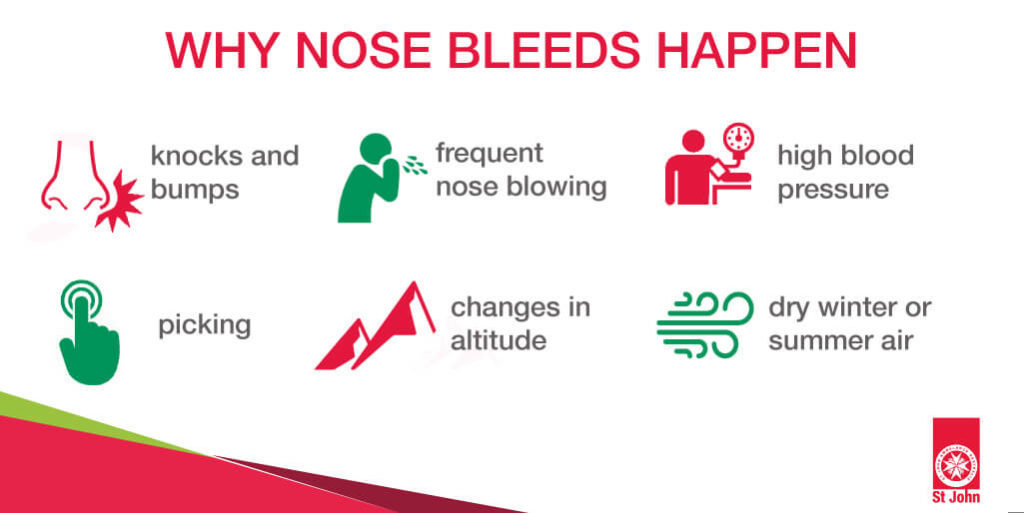
However, some nose bleeds have no obvious cause and may seem sporadic and unexplained.
What You Should Not Do To Stop a Nose Bleed
Before we tell you how to stop a nose bleed, we would like to point out a few of the techniques people sometimes use that are unhelpful:
- Tilt the head back
- Lying down
- Putting tissues or other items in the nose
- Using aspirin for a few days afterwards
- Blowing the nose afterwards
Tilting the head back or lying down can cause blood to run down the back of your throat and into your stomach. This can irritate your stomach and cause vomiting, which can cause the nose to start bleeding again. If you or the casualty find blood making its way into your mouth, spit it out rather than swallowing and ensure you lean forward more.
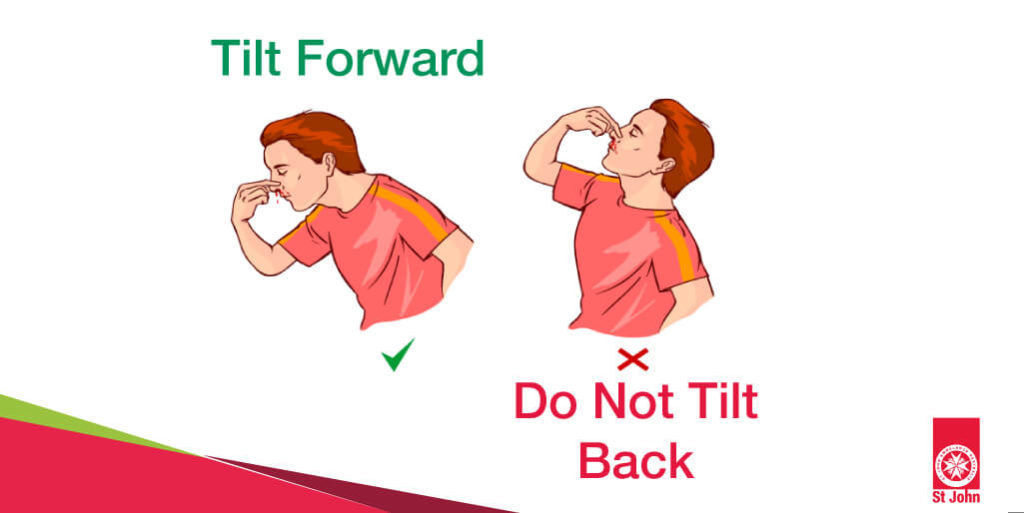
What To Do – How to Stop a Nose Bleed
Follow these steps to know how to stop a nose bleed:
- Ask the casualty to breathe through their mouth and not to blow their nose
- Sit the casualty up, head slightly forward
- Apply pressure from the finger and thumb to the soft part of the nostrils below the bridge of the nose for at least 10 minutes. You can get the casualty to do this themselves if they are able to.
- Loosen tight clothing around the neck.
- Place cold we towels (or ice wrapped in a wet cloth) on the neck and forehead.
- If bleeding persists beyond the 10 minutes, seek medical aid.
If the casualty has lost a lot of blood or feels faint, seek medical aid also.
Stopping a nose bleed as soon as possible will reduce distress for the casualty and all involved. Not to mention reducing the loss of blood, keeping the casualty as well as possible. With nose bleeds a common occurrence, particularly with children, knowing how to stop a nose bleed quickly and with the least amount of trauma is something everyone should know.
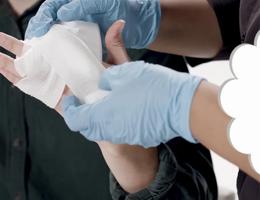
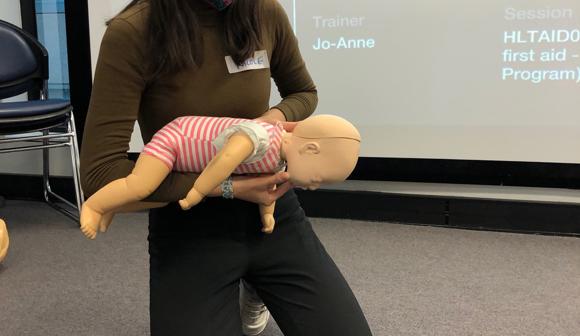
CARING FOR BABIES AND KIDS
4 Hour Face-to-Face
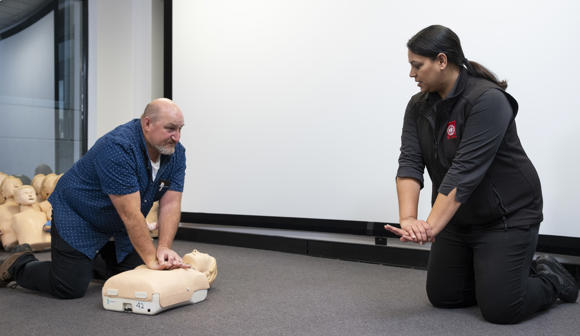
HLTAID009 PROVIDE CARDIOPULMONARY RESUSCITATION
Learn the skills to perform life-saving (CPR) on an adult, child or infant who is unconscious and not breathing normally.
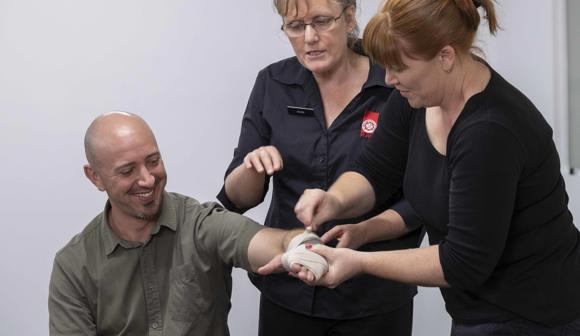
HLTAID011 PROVIDE FIRST AID
This course teaches the skills and knowledge required to recognise and respond to life-threatening emergencies and provide a first aid response to a casualty in a range of situations.
